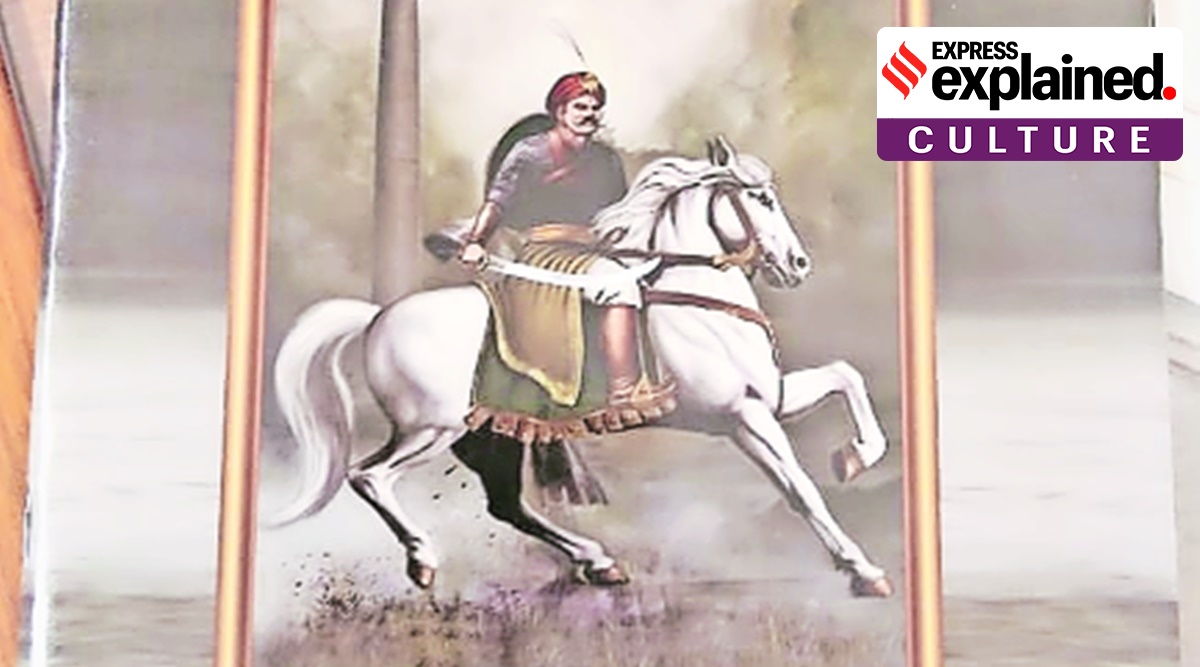Anangpal II was instrumental in populating Indraprastha and giving it its present name, Delhi. The region was in ruins when he ascended the throne in the 11th century, it was he who built Lal Kot fort and Anangtal Baoli.
The government has recently formed a committee to popularise the legacy of 11th-century Tomar king, Anangpal II. Crediting him with giving Delhi its present name and also repopulating it, the National Monument Authority — which functions under the Ministry of Culture — has embarked on a mission to present “correct history” to the people through the works of historians, academics and archaeologists.
We look at Anangpal II’s legacy and his association with Delhi.
Newsletter | Click to get the day’s best explainers in your inbox
Who was Anangpal II?
Anangpal II, popularly known as Anangpal Tomar, belonged to the Tomar dynasty that ruled parts of present-day Delhi and Haryana between the 8th and 12th centuries. The capital of Tomars changed many times from being initially at Anangpur (near Faridabad) during the reign of Anangpal I (who founded the Tomar dynasty in the 8th century), to Dhillikapuri (Delhi) during the reign of Anangpal II. The Tomar rule over the region is attested by multiple inscriptions and coins, and their ancestry can be traced to the Pandavas (of the Mahabharata), says BR Mani, former joint director-general of the Archaeological Survey of India (ASI), who lead excavations between 1992 and 1995 at Lal Kot and Anang Tal (in south Delhi), supposed to be built by Anangpal II. Anangpal Tomar II was succeeded by his grandson Prithviraj Chauhan, who was defeated by the Ghurid forces in the Battle of Tarain (present-day Haryana) after which the Delhi Sultanate was established in 1192.
His connection with Delhi
Anangpal II is credited to have established and populated Delhi during his reign in the 11th century. Mani says, “Anangpal II was instrumental in populating Indraprastha and giving it its present name, Delhi. The region was in ruins when he ascended the throne in the 11th century, it was he who built Lal Kot fort and Anangtal Baoli.”
Tarun Vijay, Chairman of NMA, adds, “During one of our field visits last year, we discovered that Anangpal II was the founder of Dhillikapuri, which eventually became Delhi.”
Tomars and their Delhi link find mention in some modern-day literature as well. Noted medieval historian Professor KA Nizami’s Urdu book, Ehd-e-Wusta ki Dilli, translated in English as Delhi in Historical Perspectives, looks at Delhi across six centuries (from 1300 to 1800). Tracing the antecedents of Delhi, Nizami refers to Persian annals that describe it as “Inderpat”. And yet, according to his book, Delhi formally emerged as a city only in the 11th century when Tomar Rajputs took over the mountainous Aravalli region.
The committee’s mandate
The aim of the ‘Maharaja Anangpal II Memorial Committee’, headed by BJP MP from UP’s Gonda, Brij Bhushan Singh, is to establish Anangpal II as the founder of Delhi. Its proposals seminar include building a statue of Anangpal II at the Delhi airport and building a museum dedicated to his legacy in Delhi. An exhibition — comprising coins, inscriptions and literature — held on the sidelines of the seminar will be taken abroad through the Indian Council of Cultural Relations (ICCR) so that the narrative takes roots outside India as well. There is also a proposal to make Lal Kot an ASI-protected monument so that vertical excavation could be carried out to establish more links between Tomars and Delhi
Source: Read Full Article


